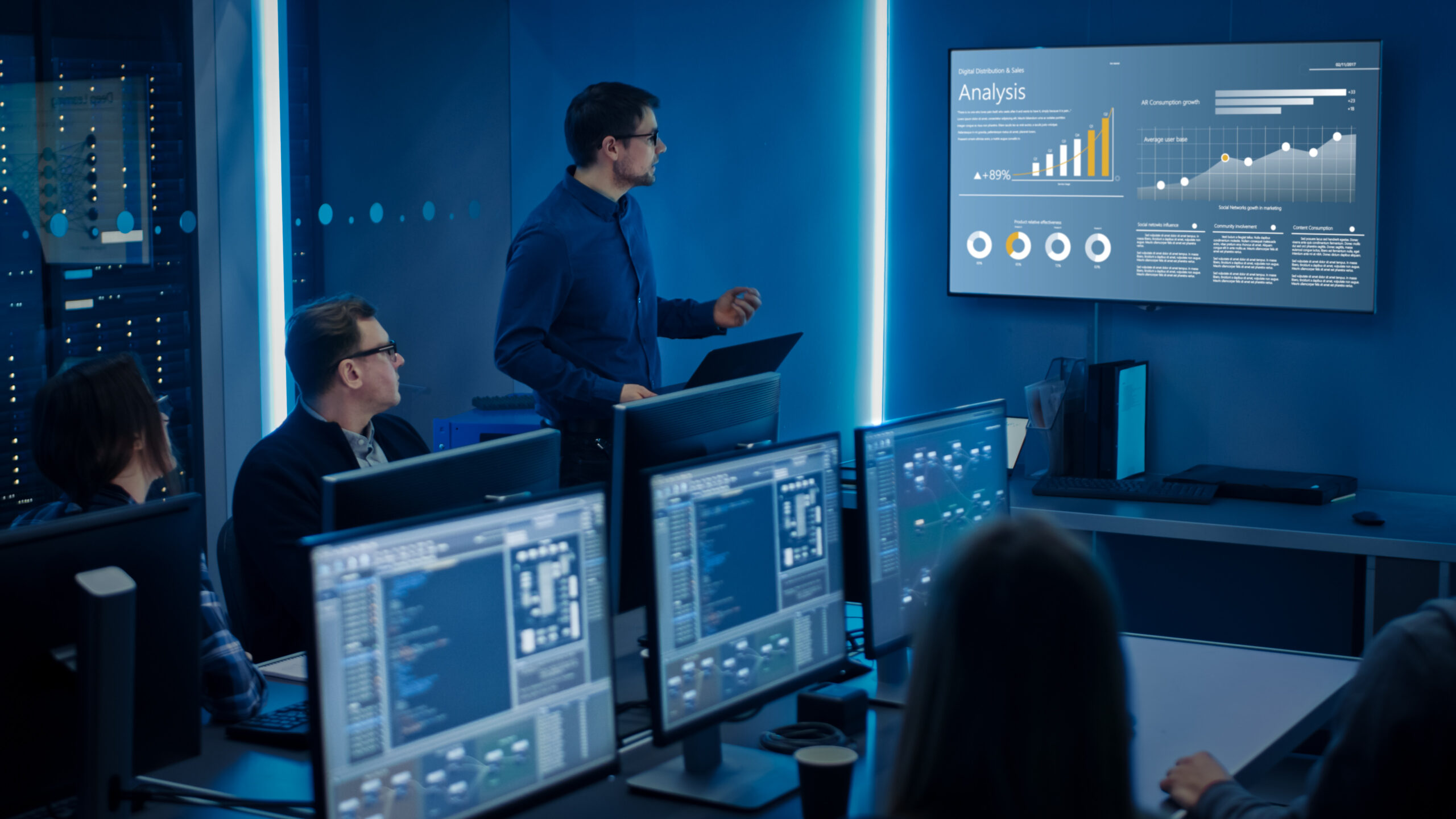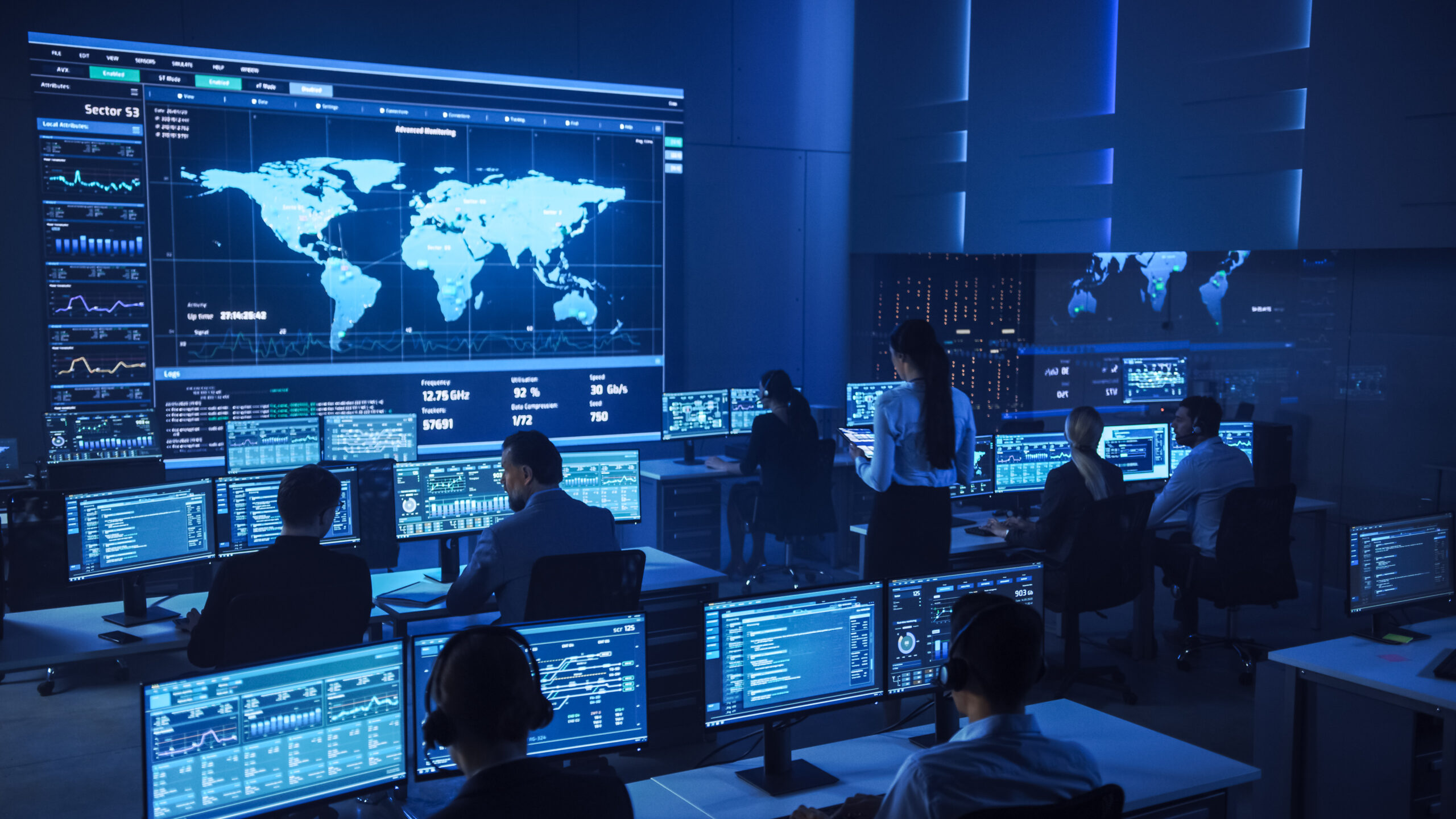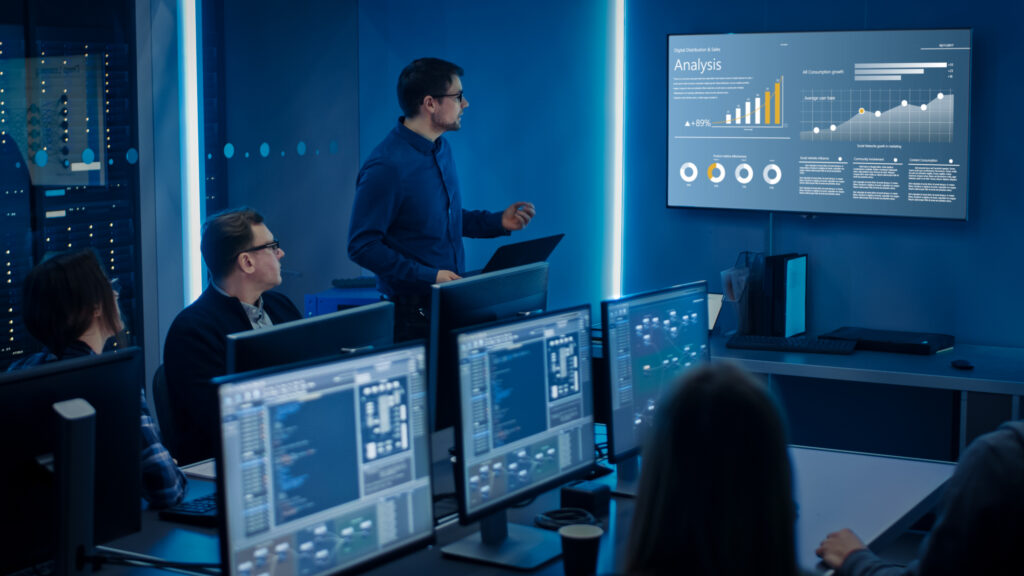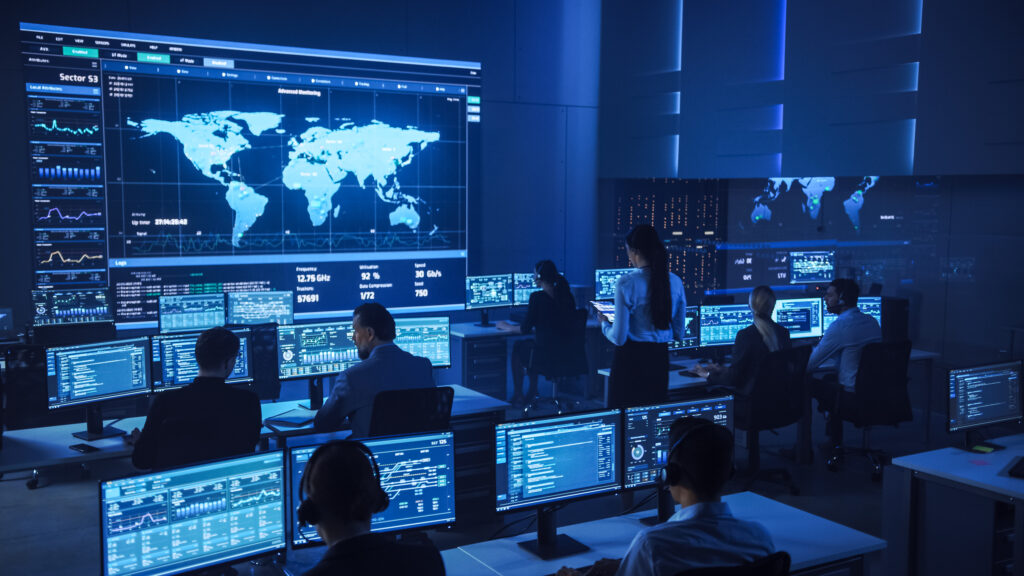Effective Team Collaboration Is Key
In the realm of cybersecurity, the importance of cross-functional team collaboration cannot be overstated. The development of robust cybersecurity defenses is a complex task that demands the integration of diverse skill sets and perspectives. Effective collaboration among cybersecurity professionals is key to identifying, mitigating, and responding to the ever-evolving cyber threats. This article delves into the crucial role of team collaboration, highlights the characteristics of effective communication, discusses tools and practices for fostering a collaborative security culture, and examines the impact of remote work trends on security efforts, proposing strategies to adapt effectively.
The Crucial Role of Cross-Functional Collaboration
The multifaceted nature of cyber threats necessitates a comprehensive approach, drawing expertise from various domains within an organization. Cross-functional collaboration integrates diverse perspectives, encompassing IT, legal, operations, and more, to forge a multifaceted and resilient cybersecurity strategy. This confluence of expertise is not just beneficial but essential in identifying and mitigating complex cyber risks, ensuring a robust defense against a wide array of threats.
Characteristics of Effective Communication in Cybersecurity
Effective communication in cybersecurity is defined by several key characteristics:
- Precision and Clarity: Given the complexity of cybersecurity concepts, communication needs to be precise and clear, cutting through jargon to ensure understanding across diverse team members.
- Timeliness: The rapidly changing cybersecurity landscape demands timely communication. Quick dissemination of information about emerging threats or breaches is critical for prompt and efficient response.
- Continuous Learning and Sharing: The dynamic nature of cybersecurity necessitates a culture of continuous learning and knowledge sharing, enabling teams to stay ahead of new threats and technologies.
- Feedback and Open Dialogue: Creating an environment where feedback is encouraged and valued is essential for refining strategies and fostering innovation in cybersecurity practices.
Fostering a Collaborative Security Culture: Tools and Practices
To cultivate a collaborative security culture, organizations must leverage specific tools and practices:
- Collaboration Platforms: Tools like Slack, Microsoft Teams, and Zoom are pivotal in facilitating real-time communication and collaboration, especially in coordinating complex cybersecurity tasks.
- Project Management Tools: Platforms like Jira or Asana are instrumental in managing cybersecurity projects, helping in task allocation, progress tracking, and documentation centralization.
- Regular Cybersecurity Meetings: Scheduled meetings are essential for discussing current security issues, strategizing, and sharing updates across different teams.
- Collaborative Incident Response Drills: Regularly conducted cybersecurity drills involving various teams can assess the effectiveness of collaborative efforts and highlight areas for improvement.
- Centralized Knowledge Repositories: Establishing a central repository for sharing information, best practices, and learnings can significantly enhance collective understanding and response capabilities.
- Cross-Functional Training: Initiatives that promote understanding across different functions help in building empathy and improving collaborative efforts in cybersecurity.
Adapting to Remote Work Trends in Cybersecurity Collaboration
The shift to remote work has introduced new challenges and dynamics in cybersecurity collaboration:
- Enhanced Virtual Communication: In remote settings, the reliance on virtual communication tools increases. Ensuring these channels are secure and efficient is crucial.
- Securing Remote Operations: The expansion of the cyber threat landscape due to remote work necessitates stronger remote work policies and tools, including secure VPNs and endpoint security.
- Tailored Remote Training and Awareness: Adapting cybersecurity training and awareness programs to suit remote teams is vital to keep them engaged and informed.
- Cultivating Virtual Collaboration: Encouraging a culture that values virtual collaboration and open communication is crucial, which can include team-building exercises and informal virtual meetings.
- Adaptable Incident Response Plans: Incident response plans should be flexible enough to accommodate remote environments, with clear protocols for remote teams during cybersecurity incidents.
The integration of cross-functional teams, coupled with effective communication and the right tools and practices, can significantly bolster an organization’s ability to counter cyber threats. Adapting these strategies to the nuances of remote work is essential to maintain a strong and agile security posture. By fostering a culture of collaboration, continuous learning, and adaptability, organizations can enhance their capability to anticipate, prevent, and respond to cyber threats, thereby safeguarding their digital assets and maintaining operational integrity.





